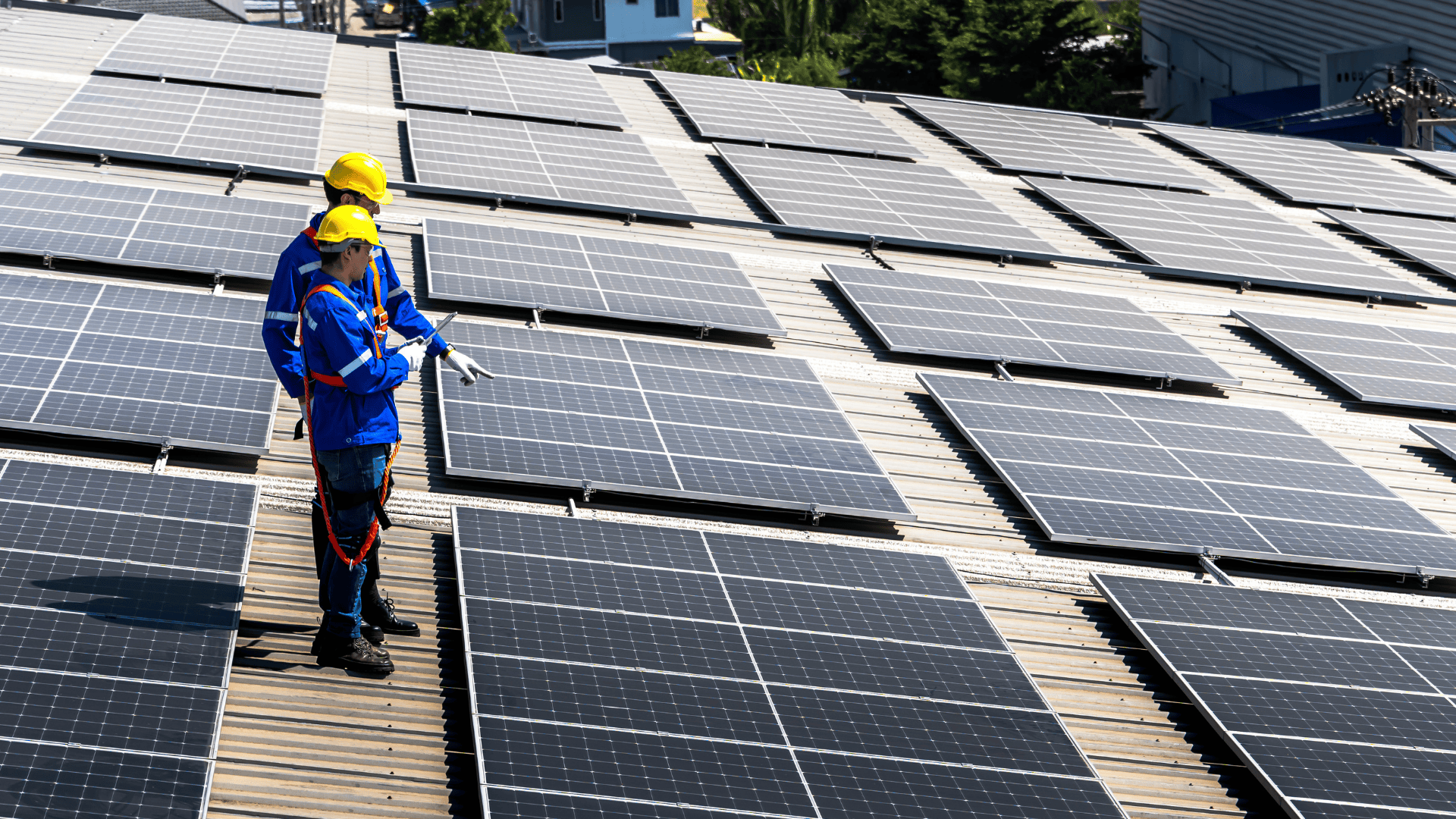October 24, 2022
How to Design Solar PV System?
As we know, the photovoltaic (PV) system is one of the most important renewable energy sources. It can be used in many applications such as powering homes, buildings, and even vehicles. The PV system can also be used to generate electricity by using solar panels.
In this article, we will discuss everything about the design of a solar PV system.
First things First
You need to have a few things in place before you start setting up a PV system-
Determine Power Requirements
The first thing that you need to do is to determine the power requirements of your home or building. This can be done by doing a load calculation. A load calculation takes into account the appliances and devices that will be powered by the PV system.
Determine the number of Solar Panels
Once you have determined the power requirements, you need to determine the number of solar panels needed to meet those requirements. This can be done by using a solar panel calculator.
There are many factors that will affect the number of panels such as the
- Size of the panels
- The efficiency of the panels
- The angle of the sun
Choose an Inverter
The next step is to choose an inverter. An inverter is needed to convert the DC power from the solar panels into AC power. There are many different types of inverters available on the market. You need to choose one that is compatible with your PV system.
Size your Battery Bank
The last step is to size your battery bank. A battery bank is needed to store excess energy produced by the PV system. The size of the battery bank will depend on several factors such as the
- Number of solar panels
- The size of the inverter
- The power requirements
These are just a few things that you need to consider when designing a solar PV system.
Now that we have covered the basics, let's move on to the more detailed steps involved in designing a solar PV system.
Steps involved in Designing a PV system
STEP 1
As we mentioned earlier, one of the most important factors in determining the size of your PV system is your power requirements. This can be determined by doing a load calculation. A load calculation takes into account all of the appliances and devices that will be powered by the PV system.
STEP 2
The next step is to determine the number of solar panels needed to meet those power requirements. This can be done by using a solar panel calculator. There are many different types of solar panels available on the market, so it is important to choose one that is compatible with your PV system.
STEP 3
Once you have determined the number of solar panels needed, you need to choose an inverter. An inverter is needed to convert the DC power from the solar panels into AC power. There are also many different types of inverters available on the market, so it is important to choose one that is compatible with your PV system.
STEP 4
The last step in sizing your PV system is to size your battery bank. A battery bank is needed to store excess energy produced by the PV system.
The size of the battery bank will depend on several factors such as the
- Number of solar panels
- The size of the inverter
- The power requirements.
Ideally, the battery type recommended for use in a solar PV system is a deep-cycle battery.
Once you follow the 4 step process to design your PV system, you also need to make sure you are doing everything to use the whole of the pv panel capacity and that it is working as required for your solar projects. So, what is that you can do?
Do this to make sure your system will function as intended!
This is an important process in the design of a photovoltaic system.
There are a few key steps that need to be followed in order to ensure the system will function as intended.
Consumption Demands
The first step is to determine power or energy consumption demands. This includes understanding how much power will be needed on a daily basis and determining what appliances or devices will be powered by the solar PV array.
Size the PV modules
Once this information is gathered, the next step is to size the PV modules. This involves calculating the number of modules needed based on the power consumption demand and choosing modules that are compatible with the other components in the system.
Inverter Sizing
Inverter sizing is another critical element in solar PV system design. The inverter converts DC power from the PV modules into AC power that can be used by appliances and devices.
It is important to select an inverter that is sized appropriately for the system, as an undersized inverter can cause problems with power quality and an oversized inverter can leave you with energy lost.
Battery Sizing
Battery sizing is another key component of solar PV system sizing. The battery stores excess power generated by a PV module so that it can be used when needed.
It is important to choose a battery that is compatible with the other components in the system and that has enough battery capacity to meet the power needs of the system.
Solar charge controller sizing
The last step in solar PV system sizing is to choose a solar charge controller. The solar charge controller regulates the flow of electricity from the PV modules to the batteries.
It is important to select a solar charge controller that is compatible with the other components in the system and has the right features for the specific application.
Now, that you have taken care of the following you can be sure that you are taking advantage of all that solar power has to offer. Still, confused and wish to know how to become a solar PV designer? Read our blog post on the same, "What are the Requirements to become a Solar PV designer?".
Moving on to PV Installation
After the solar PV system is sized, the next step is to install it.
This process includes-
- Choosing the right location for the system
- Installing the PV modules
- Connecting the components of the system
- Testing the system to ensure it is working properly.
Solar photovoltaic systems are a great way to save money on your electric bill and reduce your carbon footprint.
With a little bit of planning, you can design a system that will meet your energy needs and help you save money on your electric bill.
Types of PV systems
There are two main types of PV systems
- Grid-connected
- Stand-alone.
Grid-connected systems are connected to the electric power grid, while stand-alone systems are not.
Grid-connected PV systems
Grid-connected PV systems are connected to the electric power grid. They use PV panels to convert sunlight into electricity, and they use this electricity to power homes and businesses. Any excess electricity generated by the system is fed back into the grid.
Stand-alone PV systems
Stand-alone PV systems are not connected to the electric power grid. They use PV panels to convert sunlight into electricity, and they use this electricity to power homes and businesses. Stand-alone PV systems are usually used in remote locations where it is not practical to connect to the electric power grid.
You can opt for the most compatible options from the 2 types of PV systems mentioned above for your business and make the most out of them.
Now that you know about types of PV systems, let's talk about the best way to calculate and design PV systems, Solar Design Software!
About Sunbase Solar Design Software
Users of the Sunbase Solar Software can launch Solar Design Software to design photovoltaic installations.
After picking an address, the desired installation area may be plotted and panels can be generated. Solar specialists may choose the relevant tools, and available capacity can be determined depending on the surface area.
Roof pitch, azimuth, and panel angle are PV system design factors used to estimate PV Watts simulated production. Set up solar arrays, panels, meters, and battery walls.
Our solar design software is simple for solar installers to learn and use, as well as economical to scale, whether you're a small, mid-size, or enterprise-sized business.
I agree to receive marketing messaging from Sunbase at the phone number provided above. I understand data rates will apply, and can reply STOP to OPT OUT.







